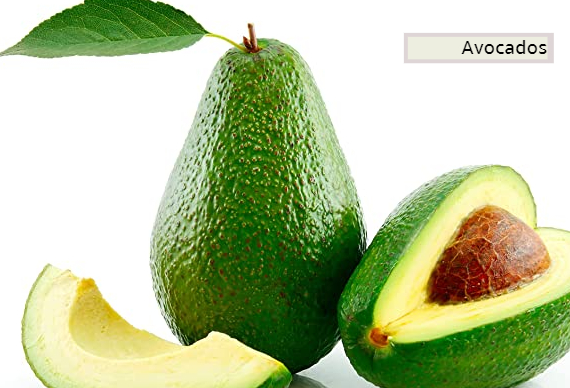Food
Bed Cholesterol Mean’s Heart Disease With These 7 Healthy Vegetables for High Cholesterol
Published
1 year agoon

These are 8 wholesome veggies that can help lower your body’s high cholesterol as part of a diet for high cholesterol
High Cholesterol Tips: These might be helpful or harmful. Your body’s fatty molecules are what your cells require to function. Low-density lipoprotein, or LDL, sometimes known as “bad cholesterol,” carries a lot of cholesterol in the blood, which is generally referred to as having high cholesterol. Your chance of developing atherosclerosis, a disorder in which plaques made of white blood cells, calcium, and deposits of cholesterol accumulate in the walls of the arteries, is increased by high LDL levels. Uncontrolled cholesterol may result in consequences including atherosclerosis, heart disease, and stroke.
Read Also: High Cholesterol: 5 Simple, Healthful Ways to Reduce Your Levels
Controlling Cholesterol: Does Ginger and Garlic Lower Cholesterol? Expert Responses
Controlling Cholesterol: Can Eating Dark Chocolate Help Lower Cholesterol? Expert’s Opinion
In order to effectively control your cholesterol, eating is crucial. Vegetables or meals derived from plants, on the other hand, are free of cholesterol and low in saturated fat. They are also high in soluble fibre, which can help decrease cholesterol. Eight healthful veggies are recommended by Dr. Suman Bhandari, Consultant – Interventional Cardiology, Fortis Escorts, Okhla, New Delhi, to assist lower the body’s excessive cholesterol levels.
Read Also: Hypertension Symptoms: 6 Home Remedies You May Try.
7 Healthy Vegetables to Lower Bad Cholesterol Levels
Avocados: High in monounsaturated fat and a cholesterol-lowering food. Include fibre, vitamin C, and vitamin e in your diet as well.
What is the benefit of avocado?
Legumes :Beans, peas, and lentils are examples of plant foods known as legumes. Consuming up to 100 grammes of beans per day can reduce “bad” LDL cholesterol by up to 6.6 mg/dl and help with weight loss.
Which foods are legumes?
Plant sterol:enriched margarine helps lower LDL cholesterol by preventing the absorption of cholesterol.
What foods are high in plant sterols?
Sesame oil, wheat germ oil, mayonnaise, pistachio nuts, olive oil, sage, oregano, thyme, paprika, cocoa butter oil, almond butter, sesame seeds, macadamia nuts.
What are plant sterols examples?
Garlic: By preventing the development of LDL, garlic helps decrease chalesterol. Moreover, it contains allicin, which lowers LDL. Raw or minimally cooked consumption is said to be optimal.
Vegetable oils: Canola, sunflower, saffola, and other vegetable oils can be used in place of ghee to decrease cholesterol. Olive oil also has antioxidant qualities and lowers cholesterol. According to a research, 4 tablespoons per day can lower cardiac events by 30%.
Is olive oil considered a vegetable oil?
What can I use instead of vegetable oil?
Whole grain, oats, barley, jowar : Oats, barley, and jowar are whole grains whose soluble fibres, which contain beta glucan, reduce the risk of heart disease. Heart disease and stroke risk can be reduced by 20% with 3 servings of whole grains per day.
Soya beans: Consuming tofu, soy milk, and other foods derived from soy beans can reduce LDL cholesterol by 5% to 6%. Isoflavones, compounds derived from plants that decrease cholesterol, are to blame for this.
Is my heart OK if ECG is normal?
Can ECG detect blockage?
What is the best test to check for heart problems?
Can heart problems be cured?
What decreases heart disease?
How can I make my heart strong?
What it does: Aerobic exercise improves circulation, which results in lowered blood pressure and heart rate, Stewart says.
How much: Ideally, at least 30 minutes a day, at least five days a week.
Examples: Brisk walking, running, swimming, cycling, playing tennis and jumping rope.
How can I check my heart for blockage at home?


You may like
-


Research Links Heart Disease Death Risk To Intermittent Fasting
-


Protect, Preserve and prosper:Go green In DAV Centenary Public School
-


the “108 ambulance” scam
-


The origins of same-sex marriage.
-


After a “wet dress rehearsal” as a result of a technical glitch, the starship test flight was rescheduled for April 20
-


World Liver Day 2023

